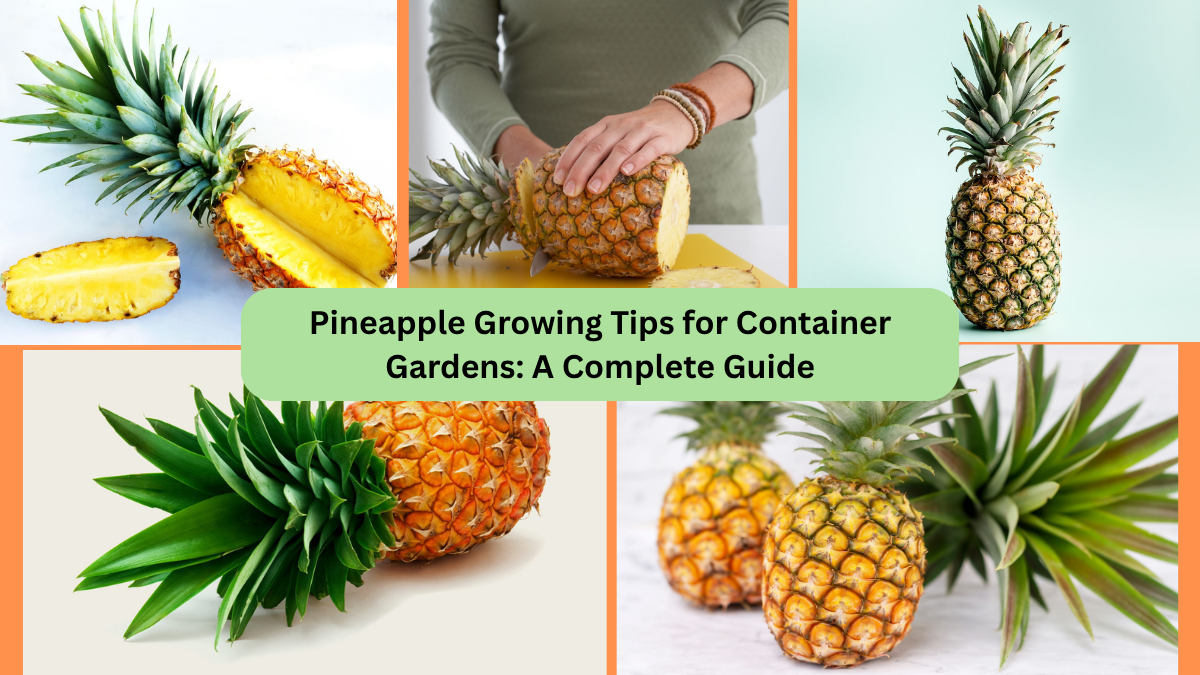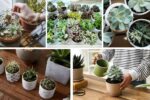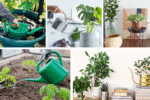Dreaming of harvesting your own sweet, sun-ripened pineapple but don’t have a tropical backyard? No problem — you can grow pineapple plants beautifully in container gardens! These hardy, drought-tolerant tropical plants thrive in pots and planters, making them perfect for balconies, patios, small gardens, or sunny indoor spots.
In this detailed guide, we’ll share expert tips on how to successfully grow pineapples in containers — from choosing the right container and soil mix to sunlight, watering, and harvesting a juicy, homegrown fruit.
Why Grow Pineapples in Containers?
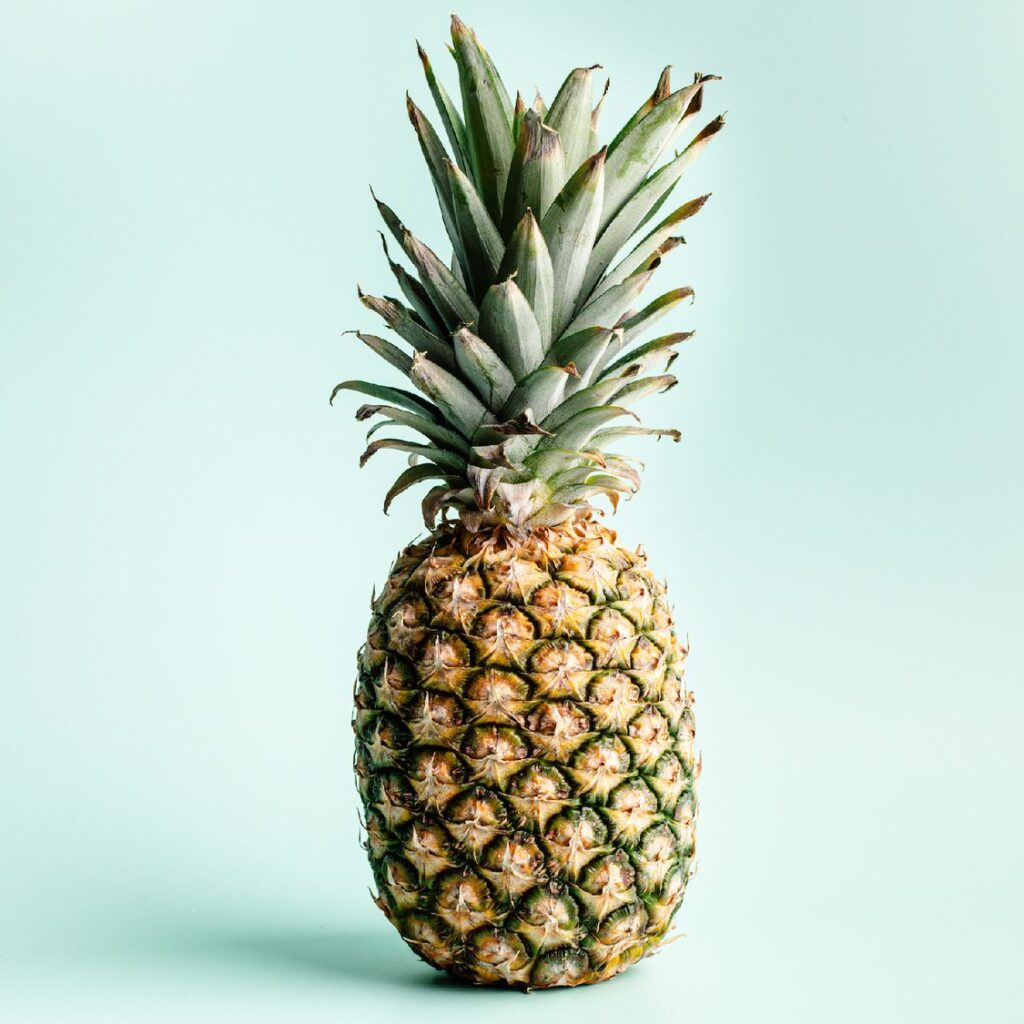
Pineapples are one of the easiest tropical fruits to grow in a pot, offering several benefits:
- Space-saving — great for balconies, patios, and indoor gardens.
- Easy to move — you can shift your container to catch the sun or avoid cold.
- Control over soil and drainage — prevent issues like waterlogging.
- Decorative and functional — striking, spiky foliage adds exotic charm while eventually producing fruit.
And with just a little patience and care, container-grown pineapples can reward you with a luscious harvest.
What You’ll Need
Before getting started, gather these essentials:
- A fresh pineapple crown (from a store-bought fruit) or a young pineapple plant
- A pot or container with drainage holes (minimum 8–12 inches wide and deep)
- Well-draining, sandy soil or cactus mix
- Watering can or spray bottle
- Balanced, water-soluble fertilizer
Optional: Rooting hormone to speed up crown propagation.
How to Start a Pineapple Plant for a Container Garden
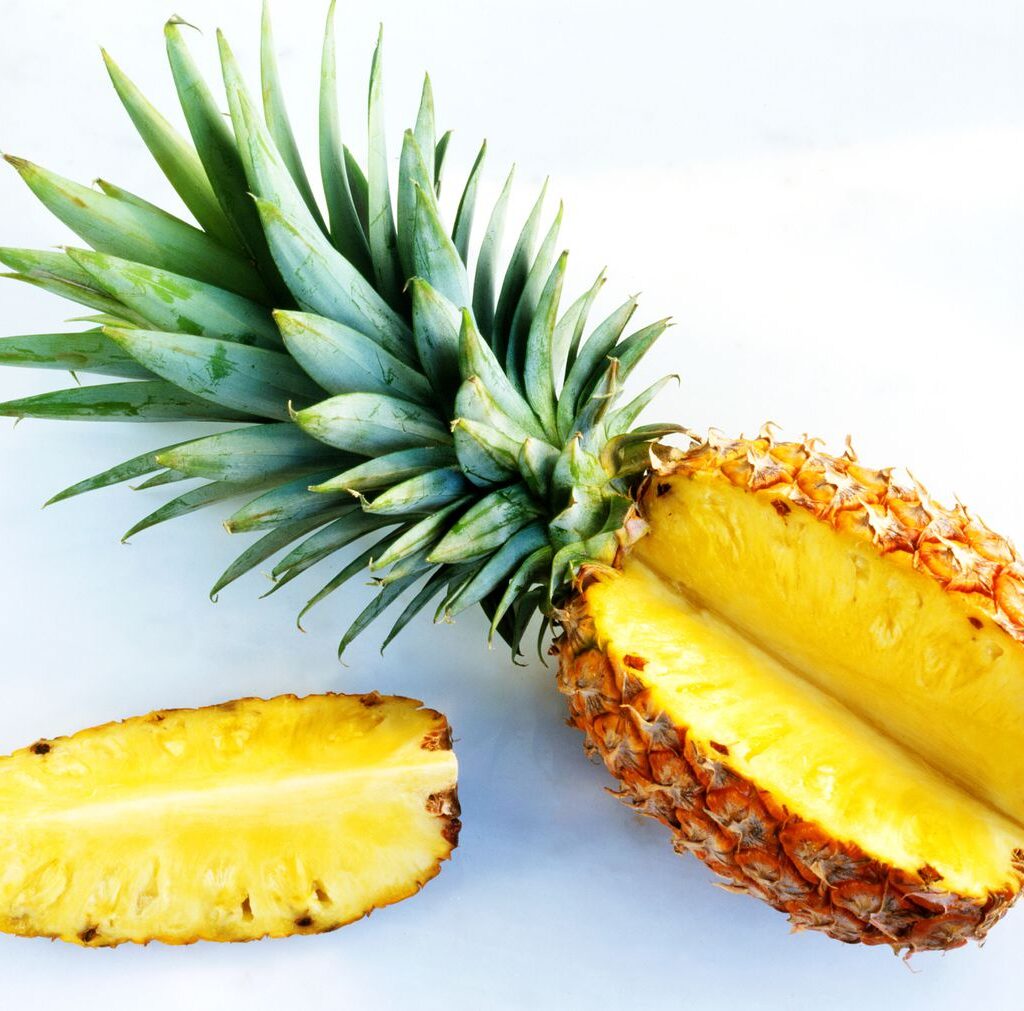
There are two simple ways to start a pineapple in a container:
- Using a fresh pineapple top (crown)
- Buying a young pineapple plant from a nursery
Growing from a Pineapple Top:
- Twist or cut the leafy top off a ripe pineapple.
- Peel away lower leaves to expose about 1–2 inches of the stem.
- Let the crown dry for 1–2 days.
- Plant it in a container filled with well-draining soil.
- Water lightly and place in a warm, bright spot.
Within a few weeks, roots will develop, and new leaf growth will appear from the center.
Choosing the Right Container
Container size matters for healthy root development and eventual fruiting.
Ideal container:
- At least 8–12 inches in diameter and depth for the initial planting.
- Upgrade to a 12–18 inch container as the plant matures.
- Made of plastic, clay, or terracotta with ample drainage holes.
Pineapples dislike standing water, so good drainage is crucial to avoid root rot.
Best Soil Mix for Pineapples in Pots

Pineapples thrive in light, sandy, well-draining soil. Avoid heavy, water-retentive garden soil in containers.
Recommended soil mix:
- 1 part cactus or succulent mix
- 1 part coarse sand or perlite
- 1 part organic compost or peat moss
This combination ensures excellent drainage while providing enough nutrients for healthy growth.
Ideal Sunlight and Temperature
Pineapples are tropical plants that love warmth and sunshine.
Light requirements:
- 6–8 hours of bright, direct sunlight daily
- For indoor plants, place near a south or west-facing window or under grow lights.
Temperature needs:
- Prefer 70–85°F (21–29°C) during the day.
- Protect from frost and bring indoors if temperatures fall below 50°F (10°C).
Smart Watering Techniques

In containers, maintaining the right moisture balance is key.
Watering tips:
- Keep soil consistently moist but never soggy.
- Water when the top 1–2 inches of soil feel dry.
- Pour a small amount of water into the central leaf rosette occasionally.
- During winter, reduce watering frequency as growth slows.
Overwatering is the most common issue in container gardening — ensure pots have proper drainage and empty saucers after watering.
Fertilizing Container-Grown Pineapples
Potted pineapples require regular feeding for lush foliage and eventual fruiting.
Fertilizing schedule:
- Apply a balanced, water-soluble fertilizer (10-10-10 or 14-14-14) every 6–8 weeks during active growth.
- Pour diluted fertilizer both into the soil and the central leaf cup.
- In cooler months, reduce or pause feeding.
Optional: Use a bromeliad-specific fertilizer to support flowering and fruit development.
Growth Timeline for Container Pineapples
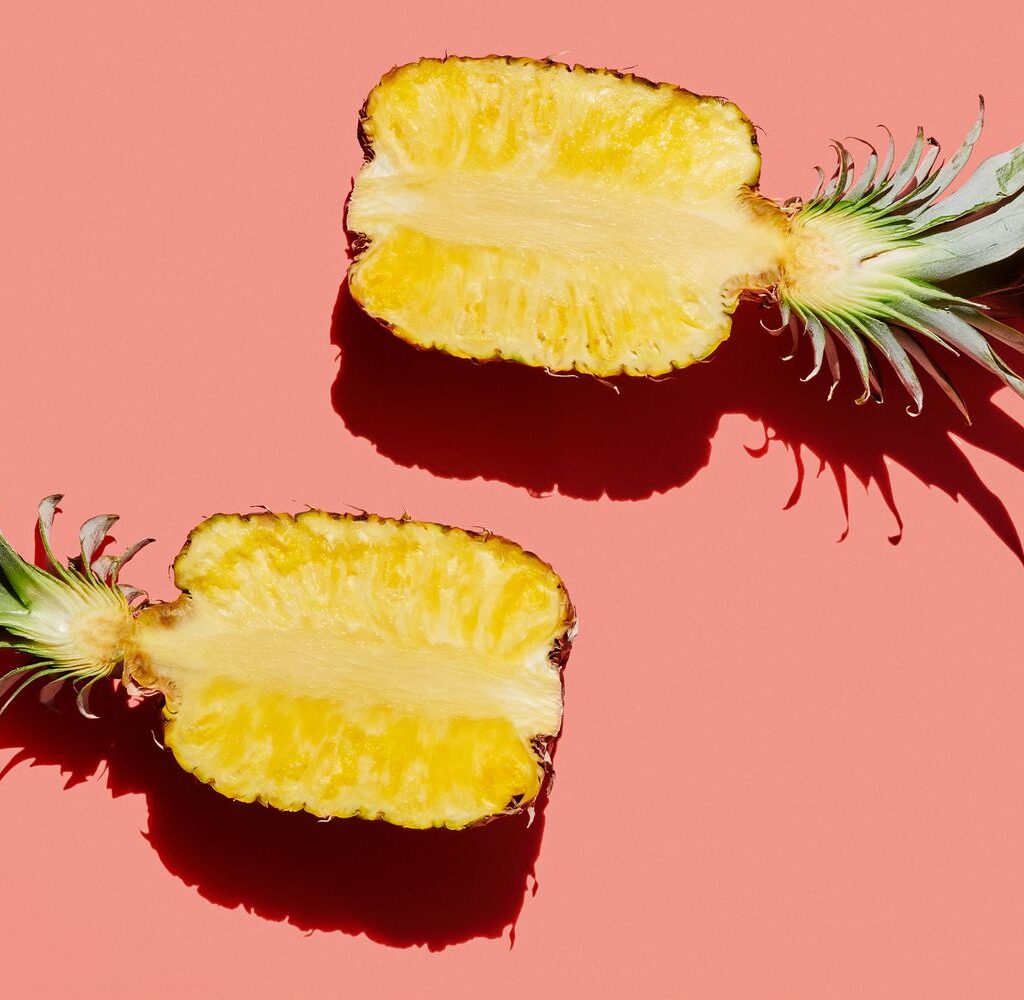
Growing pineapples in containers takes patience — but the reward is worth it!
Typical growth stages:
- 0–3 months: Root development and new leaf growth
- 3–12 months: Strong leaf formation and root expansion
- 12–18 months: Mature plant stage, reaching about 3 feet in height
- 18–24 months: Flowering begins, followed by fruit development
- 22–28 months: Pineapple matures and is ready to harvest
With good care, a healthy container pineapple can produce one delicious fruit, and side pups for future plants.
How to Encourage Flowering in Container Pineapples
Sometimes pineapples need a little nudge to bloom, especially in containers.
Natural methods to trigger flowering:
- Place a ripe apple inside a plastic bag with the plant for 7–10 days. The apple’s ethylene gas encourages blooming.
- Gradually increase sunlight exposure and resume regular feeding during the growing season.
Once a flower appears, it takes about 4–6 months for the fruit to mature.
How to Harvest Pineapples from Containers
Your pineapple is ready for harvest when:
- The outer skin turns golden yellow from base upward
- A sweet, fruity aroma develops
- The fruit feels slightly soft when gently squeezed
- The central leaf can be plucked easily
Use a sharp knife to cut the fruit from the plant, leaving a short stalk attached.
Post-Harvest Care and Propagation
After harvesting, your container pineapple will likely produce pups (small side shoots) at the base.
What to do:
- Allow 1–2 pups to mature and become your next potted plants.
- Remove extra pups and pot them separately following the same growing steps.
A single mother plant typically produces one fruit per lifecycle, but its offspring can carry on the tradition.
Common Container Growing Problems and Solutions
Yellowing leaves:
Cause: Overwatering or poor drainage
Solution: Check drainage, adjust watering, and repot if needed.
Slow growth:
Cause: Low light or nutrient deficiency
Solution: Move to a sunnier spot and fertilize regularly.
No flowering after 2 years:
Cause: Insufficient light, nutrients, or plant maturity
Solution: Apply the apple ethylene method and increase light exposure.
Fun Ways to Use Your Homegrown Pineapple
Once harvested, enjoy your container-grown pineapple in:
- Fresh fruit salads
- Tropical smoothies
- Pineapple fried rice
- Grilled pineapple skewers
- Homemade cocktails and salsas
Nothing beats the taste of fruit you’ve nurtured from plant to table.
Final Thoughts
Growing pineapples in containers is a rewarding, space-saving way to enjoy tropical gardening at home. Whether you have a balcony, patio, or sunny windowsill, these hardy plants flourish in pots when given proper care.
With plenty of sunshine, well-draining soil, and a bit of patience, your container garden can produce not only a beautiful plant but also a sweet, homegrown harvest.
So next time you buy a pineapple, save that leafy top — and start your own tropical container garden adventure!
